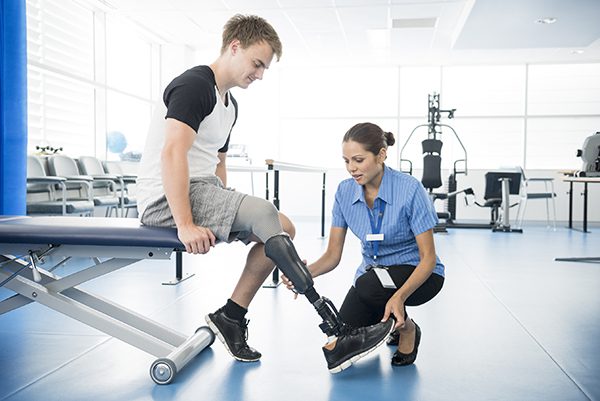Amputee rehabilitation is the process of helping an individual adjust to life after the loss of a limb. The goal of amputee rehabilitation is to help the individual regain as much function and independence as possible. Amputee rehabilitation typically begins soon after the individual has been fitted with a prosthesis (artificial limb). You can choose the best amputee rehabilitation via Instep Physical Therapy.

Image Source=Google
What are the Goals of Amputee Rehabilitation?
The goals of amputee rehabilitation are to help the individual adapt to their new body and learn how to perform activities of daily living. The rehabilitation process may also involve prosthetic fitting and training.
What are the Benefits of Amputee Rehabilitation?
The benefits of amputee rehabilitation are many and varied. They include improved mobility and function, reduced pain, increased independence, and improved quality of life.
Amputee rehabilitation can help you regain the use of your affected limb. It can also help you cope with the psychological effects of amputation. The goal of rehabilitation is to help you return to as normal a lifestyle as possible.
Rehabilitation typically begins soon after your amputation surgery. It may last for several months or even years, depending on the extent of your amputation and your overall health.
Who Needs Amputee Rehabilitation?
Rehabilitation typically begins soon after amputation surgery. The goal is to help you adjust to your new body and learn how to use any prosthetic devices that you may be using. Physical therapy will help strengthen the muscles around the residual limb and improve your range of motion. You'll also learn how to transfer from one surface to another and how to perform activities of daily living such as bathing and dressing.
Occupational therapy will focus on teaching you how to use your remaining limbs for activities such as cooking and eating, writing, and grooming. You'll also learn energy-conserving techniques so that you can perform these activities with less fatigue.
